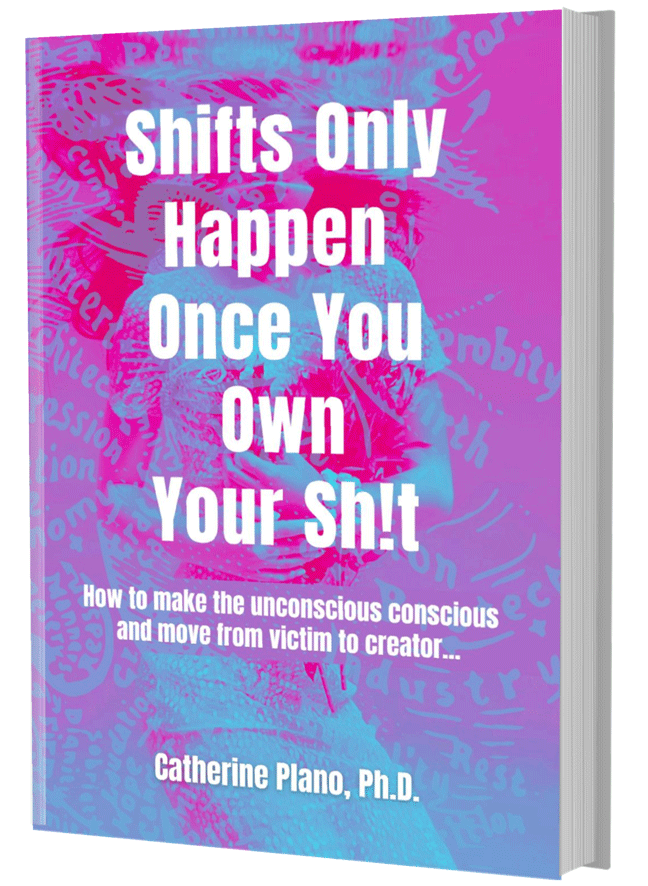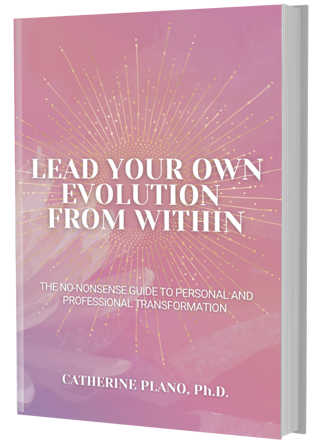Respecting the Great Divide
When looking for a long-term solution to the growing problem of dysfunctional relationships between men and women, teaching our young people to understand the feminine and masculine parts of the brain and how these influence how we think, act, and behave, will go a long way towards helping young people to respect and embrace the differences between the sexes.
Two halves make a whole
Within the brain, as within most things in life, there is masculine energy and feminine energy. When we look at this energy from the point of view of electromagnetism, the feminine side is the electrical side and the masculine side is the magnetic side. Both are important to the way we think, act and behave.
The feminine energy is a soft, loving, nurturing, compassionate energy. It contains the qualities of intuition, compassion, emotion, creativity, empathy, collaboration and holistic thought and right-brained thinking.
The masculine energy, on the other hand, is analytic and rational. It contains the qualities of competition, determination, linear thinking, logical thought, action, and left-brain thinking. In isolation, both energies have unique characteristics. But, when they are merged in a harmonious way, they are a true powerhouse! Combined, they enable us to achieve true intelligence.
The importance of balance within the brain
The society we live in places a lot of emphasis on masculine energy. As a result, most of us have been conditioned to think more with our left-brain than our right brain – we tend to rely a lot on analytics and logical processes rather than intuition and creativity. One is not better than the other, but they are very different. And this is not to say that all men are left-brained and women are right-brained thinkers, either. Generally speaking, this tends to be the case, but there are always exceptions to the rule. Would it surprise you to know that the most productive, intelligent, socially adept people have the ability to use both energies?
The mind, like the rest of the body, thrives in balance. In the mind, problems arise when one type of thinking becomes more influential than another. Take for example, active left-brained thinkers – (who tend to be guided by analytics, logic, facts and figures). It is neuroscientific fact that people who are left-brain dominant have an overactive reptilian brain. The reptilian brain is the lower section of the brain that deals primarily with human survival instincts.
If the left side of our brain becomes too overactive, it can lead to malicious behaviors and the suppression of emotions. Research shows us that the brain is like a muscle – it gets stronger with use. So when one area of the brain is ‘exercised’ more than the other, it will continue to gain force, becoming almost the ‘default’ area in use and then a significant imbalance occurs.
Such an imbalance can then lead to chronic left-brain dominance. In extreme cases of left-brained dominance, people can become obsessed with power and control. And yet sadly, extreme tends to be becoming the norm. Every day we see bullies in the school yard, the work place and online. We read statistics that tell us that – one woman in three has experienced physical violence, since the age of 15 or that one woman in four has experienced emotional abuse by a current or former partner.
But imbalances in the brain don’t always automatically lead to violence against women or children. They can also lead to anxiety, depression and stress, which are also major causes of disharmony in our society.
It’s time to create change
In order for us to facilitate positive change, we need to take real action. And the positive news in all of this is that brains can be ‘trained’, (or retrained) and we can redress imbalances before they become too severe.
One of the first steps towards gaining balance in the brain is to understand the differences between feminine and masculine energy so we can appreciate the qualities of each. This also helps us to understand the qualities we might lack in ourselves – perhaps we’re not particularly logical, or collaborative, or adept at showing empathy. Once we can recognise this in ourselves, we can begin to work on these areas and develop these capabilities. Then we can start to use our brains at their highest potential.
Working with young people
The statistics paint a picture that tells us that the next generation is already damaged. The reason for this is because as children, they’ve witnessed the behaviour and thought processes of the adults who were once their primary role models and these people, acting out of imbalance in the brain, have provided an impression of relationships that’s not necessarily one we want to perpetuate.
But as these children reach the brink of their teenage years – from the ages of 13 to 21, they begin to develop different values. In developmental terms these are called the ‘socilaisation years’ and teens go through a period where their peers heavily influence them and they naturally aggregate towards like-minded people and form groups. As they develop as individuals, they rebel from their earlier programs (family) or core values and turn to people outside of their family who seem more like them. Other influences at this age include media, especially if it is aligned with their peer group values.
At this age young people develop relationships and social values too, and there is a crucial window of opportunity to help them isolate what they’ve already learned, helping them to understand what knowledge and behaviours want to take into adulthood and what they don’t. Assisting teenagers to understand and embrace their individuality in this way can be a powerful facilitator of change in many young people as they learn to believe in themselves, re-work rights and wrongs in their own minds, and navigate their way through pivotal relationships with their peers – relationships which will have a significant impact on their adult years.
The prefrontal cortex within the brain is not yet fully developed (not until the age of 25) and it is the part of the brain that assists with:
- Focusing
- Problem solving
- Social behavior
- Planning for the future
- Forming strategies
- Impulse control
- Control of intense emotions
- Inhibiting inappropriate behavior
- Initiating appropriate behavior
So, by giving our teens the tools they need in areas including personal resilience, personal development, communication skills, empathetic listening, relationship building, respect and tolerance, we can influence – and even impact – their outcomes into adulthood, aiming to give them strong foundations for healthy relationships with themselves, with each other, and with the world around them.
Furthermore, as adults – the current custodians of the society in which we live – we have a critical role to play – we are each responsible for taking a moment to assess how we’re living and what values our community has, and to see what role we might have to play in creating a better future for our young people – one that does not feature perpetual violence of any kind.
The old saying ‘it takes a village’ is true not just in terms of raising our children, but in looking out for each other too, and standing up for what’s right and wrong, whether it be violence against women, disrespect for the elderly, inequality for the disadvantaged, racism, or any other plight on society.
There is always the opportunity for change. But change starts with the individual. And the human mind is a powerful force: it can adapt to new ways of thinking and doing.
Whether we’re man or woman, adult or child. We’re in this together. And we can create change.
Let’s make a start right now.





